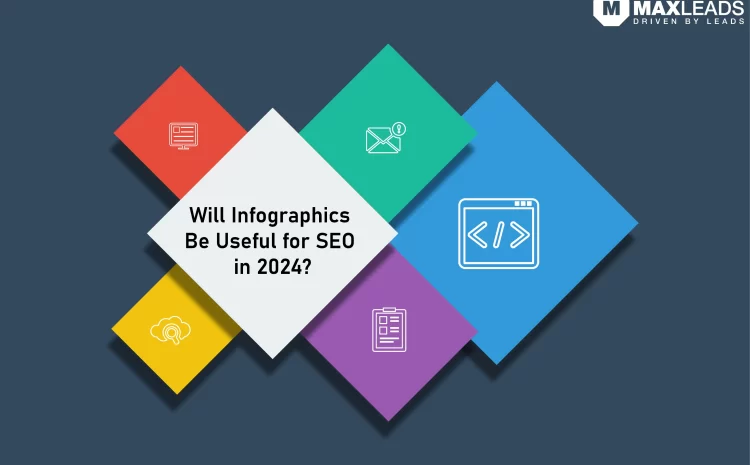Will Infographics Be Useful for SEO in 2024?
The infographic is not a new technique for those trying to improve their search engine performance.
In reality, the popular infographic will soon reach its 10th birthday as a useful and meaningful tool to supply visitors with new knowledge and actual value, while also raising a website’s overall image.
As a result, many individuals believe that the infographic is no longer relevant to SEO strategy and preparation.
This could not be further from the truth. While many tried-and-true methods of search engine optimization have fallen by the wayside during the infographic’s rise and reign, the graphic itself continues to make a significant contribution to user experiences, website SEO performance, and backend processes for site owners.
Listed below are some compelling reasons to study, collect, and share these visually captivating masterpieces.
1. Infographics Add Value to Other SEO Resources
Infographics are more than simply separate pieces of content; they complement other SEO tools. By using infographics in blog posts, websites, and social media, Malaysia’s SEO marketing services may provide users with a more dynamic and engaging experience. These visualizations help to simplify complex issues, making them more approachable and shareable, thus increasing the visibility and reach of your content.
2. Once published, infographics typically become “evergreen” content.
One of the most impressive features of infographics is their ability to remain relevant, or “evergreen,” long after they were first published. This longevity is beneficial to SEO because it continues to attract traffic over time. Well-crafted infographics that convey timeless information can become a consistent source of backlinks and organic traffic, which is an important component of SEO marketing tactics in Malaysia.
3. Infographics are visual representations of a website’s brand.
Infographics are quite strong in terms of branding. They not only carry information, but also reflect your brand’s style, values, and message. A well-designed infographic demonstrates professionalism and attention to detail, which boosts a website’s reputation and reliability in the eyes of both users and search engines.
4. A great graphic can get traction when other methods fail.
Sometimes text and traditional content are insufficient. Infographics may cut through the clutter by providing information in an engaging and easy-to-digest format. This is especially useful in today’s fast-paced digital environment, where people frequently prefer short, graphic summaries to lengthy essays.
5. In studies, users responded more to visual content.
Research constantly reveals that users are more engaged with visual content than text alone. Infographics take advantage of this by combining important information with visually appealing design, increasing the likelihood that they will be viewed, shared, and remembered. This increased interactivity.
6. Visual Representation Allows for Easy Discussion of In-Depth Numbers
Infographics excel at making complex data and statistics more accessible and understood. They help audiences understand and discuss complex topics by translating dense data into visual storytelling. This clarity not only helps users understand but also stimulates sharing and discussion, which improves SEO.
Conclusion: An Effective Tool for SEO
Finally, infographics continue to be an important tool in Malaysian SEO marketing services. Their capacity to present complex information in an interesting, visually appealing style makes them an effective part of any SEO campaign. As we approach 2024, including infographics into your content strategy is not just a good decision, but also a need for remaining relevant and effective in the competitive world of internet marketing. Engage your audience with captivating visuals and watch your SEO efforts pay off with increased reach, engagement, and, ultimately, success.


Write a Comment